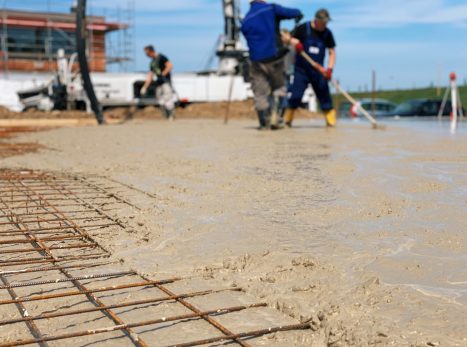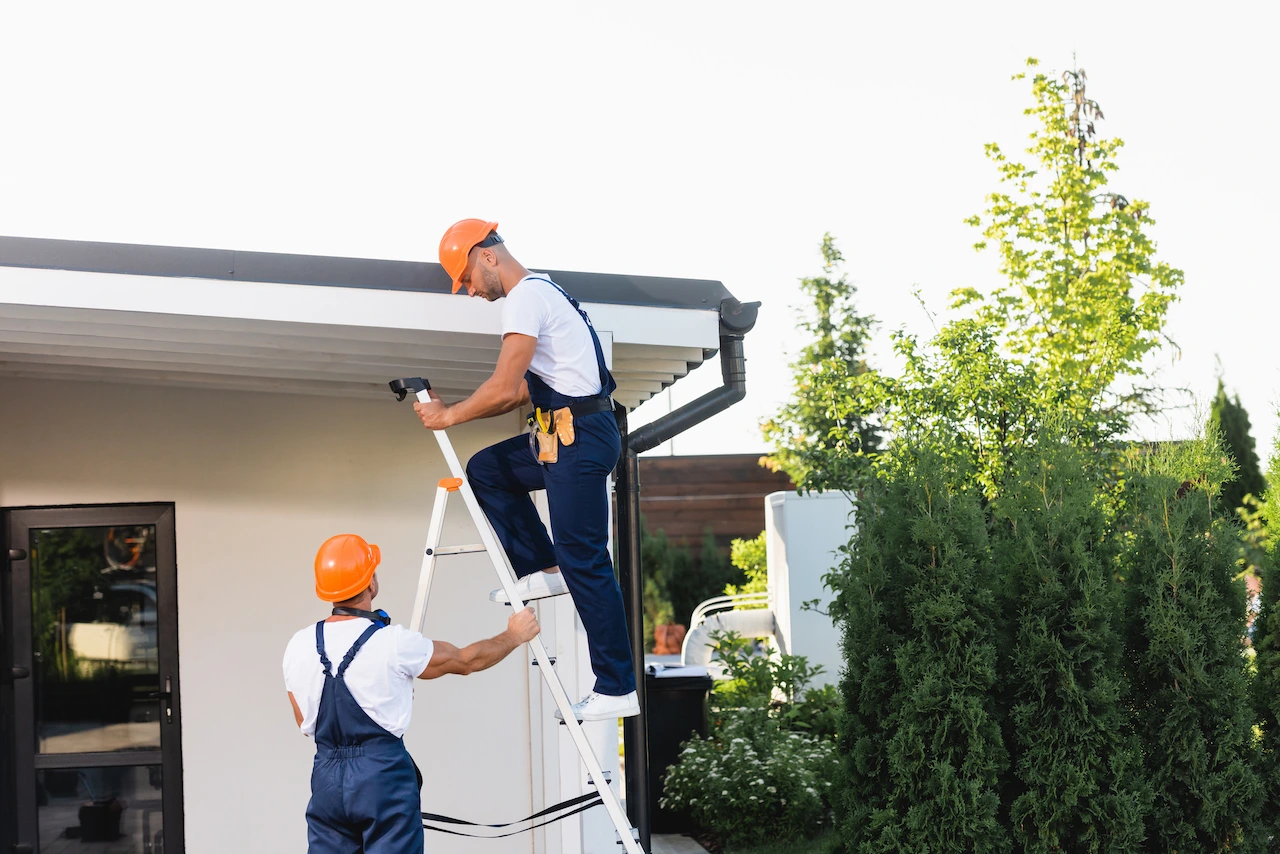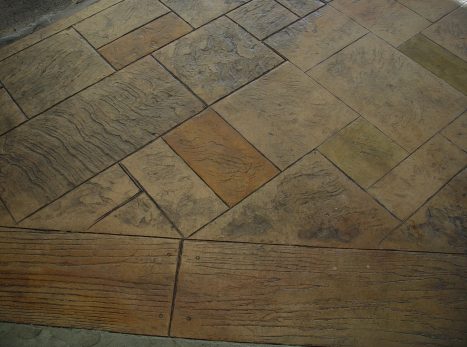Have you recently observed that a few cracks have surfaced in a concrete driveway? For your information, it has been witnessed that maximum concrete projects fail due to avoidable blunders either during mixing or pouring.
If you feel that you need concrete resurfacing a bit too early, then you must know that the more brutal the winters where you reside, the more crucial it is to steer clear of the type of error that you’ll learn about here. Inappropriate concrete techniques nearly always cause damage, exfoliation, and premature failure.
So, you need to avoid the top 7 concrete pouring mistakes that can be identified by any concrete contractor and you’ll feel proud to be a part of a project for a long time.
Once you refrain from making these common mistakes, the concrete will appear solid and continue for decades.
Extremely Dry Concrete
It is quite a common problem if the concrete is too dry. It is not good at all. As Portland cement happens to be the vital ingredient in concrete, the cement needs enough moisture to heal with full force. When you apply a sample pile of concrete with a trowel and it doesn’t form a wet, smooth, and muddy surface in three strokes of the trowel, then it is established that possibly your concrete is exceedingly dry.
Extremely Wet Concrete
This is most likely the commonest concrete mistake that people make as properly blended concrete appears very dry to flow and properly trowel. It is a more severe mistake compared to dry concrete. You shouldn’t be misled. You need to have the ability to form concrete into a four-inch-tall pile, four-inch diameter if it’s combined properly. Anything more haphazard than this will be bound to reduce the stability of the custom concrete design.
Anticipating a Tough Mesh to Prevent Cracking
Not a single individual wishes that a concrete project cracks. However, you shouldn’t entirely rely on the kind of standard welded wire mesh usually applied for concrete augmentation. It can’t prevent cracking. Nevertheless, it will maintain the cracked concrete pieces together.
Blending your concrete with supplementing fibers and applying reinforcing rods laid down on a 12-in. x 16-in. grid pattern drastically minimizes the possibilities of the formation of cracks. Moreover, a fortnight after pouring, apply a masonry saw to cut a third of the way across the thickness of your concrete slab. Form these cuts in a grid pattern of 10-ft. x 10-ft. Even a bit of crack that may develop will observe the saw cuts and be concealed by them.
Pouring Too Thin
Concrete can be quite robust and long-lasting. However, it is relevant only if it’s sufficiently thick. If you are pouring a concrete slab for a shed floor or DIY patio, then this happens to be the commonest application for DIY concrete pouring. You need to ensure that you never make your slab thinner than four inches for any application. The minimum thickness for a concrete slab, that may witness any sort of heavy vehicle traffic has to be six inches.
Neglecting the Usage of Fibers
A very few DIYers are aware of concrete reinforcing fibers. These short and thin strings of plastic provide a lot of robustness and crack resilience to any type of concrete project. Include a pint of fibers to every mixing drum load of concrete and blend as usual. The fibers circulate well within the mixture and facilitate binding together the hardened concrete. That makes a huge difference.
Applying Old Cement
Portland cement, the most crucial ingredient in concrete, happens to be a perishable commodity. Refrain from applying cement or simply add water to the concrete mix that’s more than a year old for all projects that you are concerned about. You shouldn’t even use new cement with hard lumps for concrete. Hard lumps signify that the cement has become moist at a certain point and lost some of its potency to harden.
Concrete-to-Skin Contact
The cement in concrete is extremely alkaline, signifying that it can be harmful to your skin. The problematic thing is that you can get wet concrete on your hands throughout the day and observe nothing until the end of the day. That’s when painfully red areas of thin, melted, or cracked skin surface. Apply a trowel and shovel to manage wet concrete. To remain safe, put on gloves.
Inference
Hopefully, after reading the article any concrete driveway repair should seem to be a daunting task for you. Still, if you find it challenging, feel free to speak with the experts.



